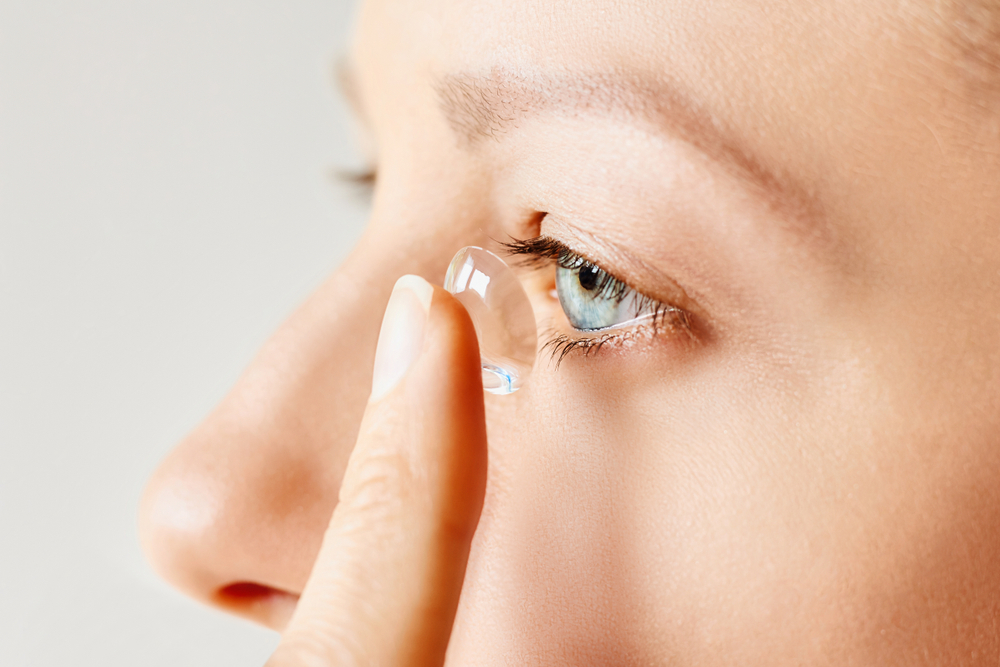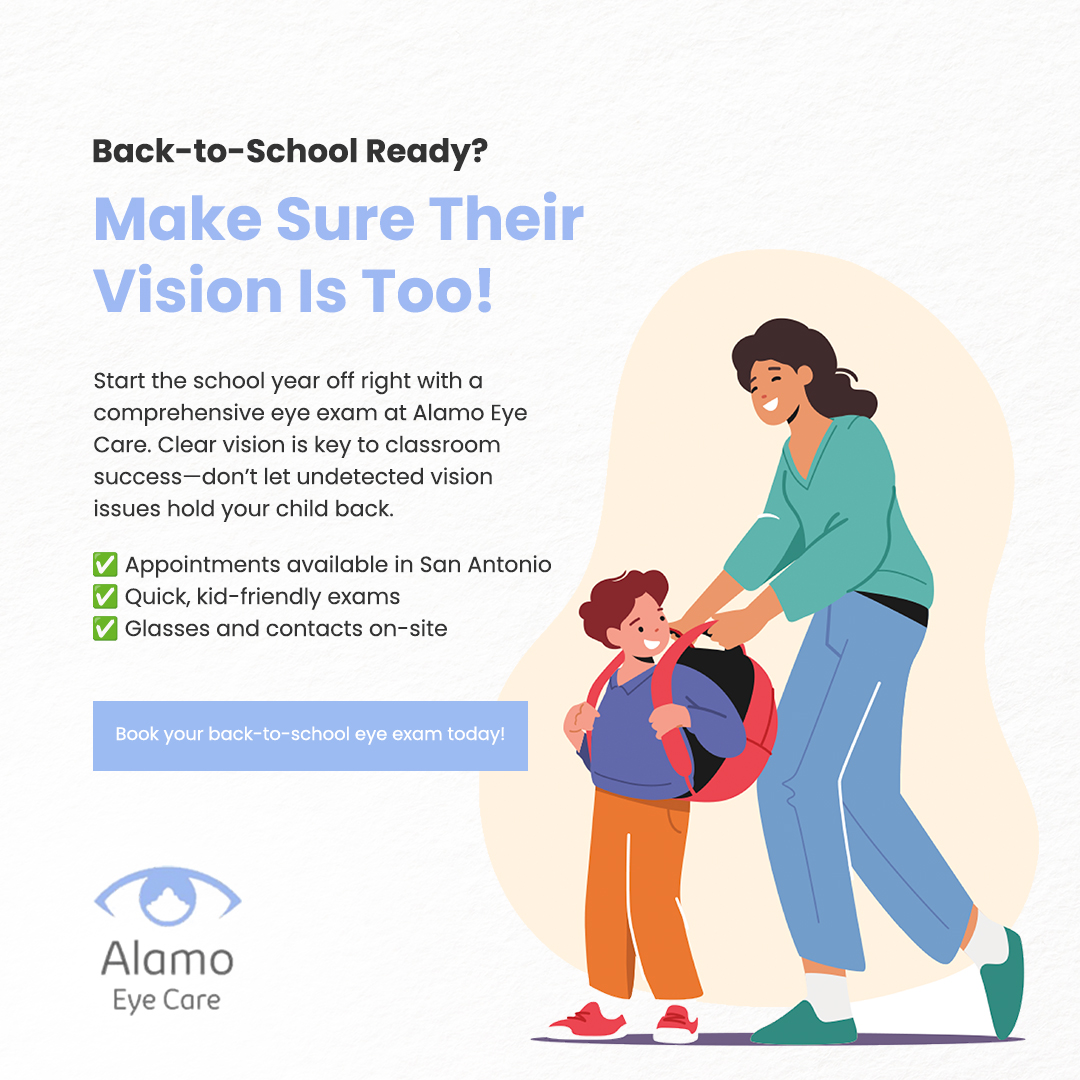
A poorly-shaped cornea affects vision by reflecting light incorrectly. Orthokeratology, or ortho-k, helps resolve this issue by reshaping the cornea overnight, leaving the patient with clear vision the next day. The change is temporary and reversible. Wearing the lenses as intended can help maintain your vision.
Ortho-k Contact Lenses
Orthokeratology treatment involves using gas-permeable contact lenses to improve vision. Also known as corneal reshaping contact lenses, the patient wears specially fitted lenses while sleeping. The lenses then gradually apply controlled pressure to reshape the cornea.
When you remove the lenses in the morning, you will see clearly all day. Doctors prescribe these FDA-approved breathable GP lenses for overnight use. The effects of ortho-k can last one or two days as long as the patient wears the lenses each night.
Conditions Ortho-k Treats
Eye specialists prescribe ortho-k lenses to help with various vision issues, including:
Correcting refractive errors such as myopia, hyperopia, and astigmatism
Correcting age-related vision loss (presbyopia)
Slowing childhood myopia progression
Doctors prescribe ortho-k lenses for mild to moderate myopia. They can correct up to -6.00 diopters of nearsightedness. They correct lesser degrees of other vision conditions. Eye exams will determine the level and type of refractive error the lenses can manage.
Good Candidates for Ortho-k
Good candidates for ortho-k lenses are people with mild to moderate myopia. Those with mild astigmatism are also good candidates. It is perfect for people who want to enjoy clear vision without eyeglasses or contacts.
Children too young for LASIK and other eye surgeries are good candidates for ortho-k. The cornea reshaping is temporary, making the procedure safe. Patients can discontinue use of the lenses at any time. But myopia will return soon after, leaving them needing to return to eyeglasses or regular contacts.
Ortho-k Lens Fitting
Optometrists and ophthalmologists perform ortho-k lens fitting. Someone with the relevant training needs to fit the specialized lenses. Sometimes, contact lens technicians perform the fitting, supervised by an optometrist or ophthalmologist.
The eye doctor uses a corneal topographer to measure the cornea’s shape. The painless procedure produces an accurate and detailed map of the eye surface, which is necessary for custom ortho-k lenses.
Results of Ortho-k Treatment
Several factors affect the results of ortho-k treatment. The level of myopia or astigmatism at the beginning of treatment will affect the results. Some people experience excellent vision after one or two days of wearing ortho-k lenses; for others, it can take a week or two.
People with higher prescriptions take longer to see the optimum correction. Before full vision correction, you may experience blurry vision and glare around lights and need to wear eyeglasses. Most people experience 20/20 vision after ortho-k treatment.
However, 20/40 vision is often considered acceptable. Studies show that about 70% of patients experienced 20/20 vision, while over 93% attained above 20/32. Ortho-k lenses are costlier than regular contacts and require more specialized fitting.
For more on what conditions ortho-k contacts help with, visit Alamo Eye Care at our San Antonio or Austin, Texas, office. Call (210) 403-9050 to schedule an appointment today.








